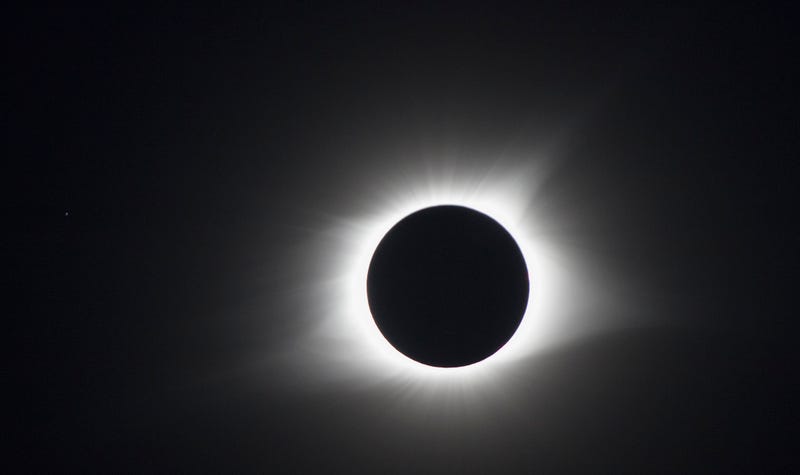
Carbondale, IL (KMOX) - "During the 2017 total solar eclipse we saw the influx of so many visitors -- around 50,000 to 100,000 according to the government data," says Roupu Li, Associate Professor of Geography and Environmental Resources in the School of Earth Systems and Sustainability at Southern Illinois University Carbondale, "so you can imagine this sudden influx of visitors to the area, posed both opportunities and challenges to our community." Li used geospatial science to track those visitors origins and destinations, and will do so again for the solar eclipse next month.
Using a database provided by social media platform X, Li and his team looked at social media posts from a 7-day window surrounding the 2017 solar eclipse. One thing they learned about eclipse tourism, is that it was a short visit for most, "so the day before the solar eclipse, we see all of a sudden the influx of those social media messages and so on the day [of the eclipse] we saw the peak and then it gradually declined over time." Researchers were able to track other nearby locations that eclipse visitors traveled to, using geotags on posts. For example many tourists also attended a festival in nearby Carterville, and the historic and tiny village of Makanda near the Mark Twain National Forest.
Li tells KMOX's Total Information A.M., they did not gather personal data, but can see where many of the visitors to the Carbondale eclipse traveled from, "So, for example, our data clearly shows most of the visitors came from Chicago area. The second and the third group were from St. Louis and Nashville, Tennessee."
He says the research is helping inform this year's planners. Li adds, they'll be gathering data again after the April 8th event, and this time will have access to other social media data sources, including Instagram.
@2024 Audacy (KMOX). All rights reserved.
